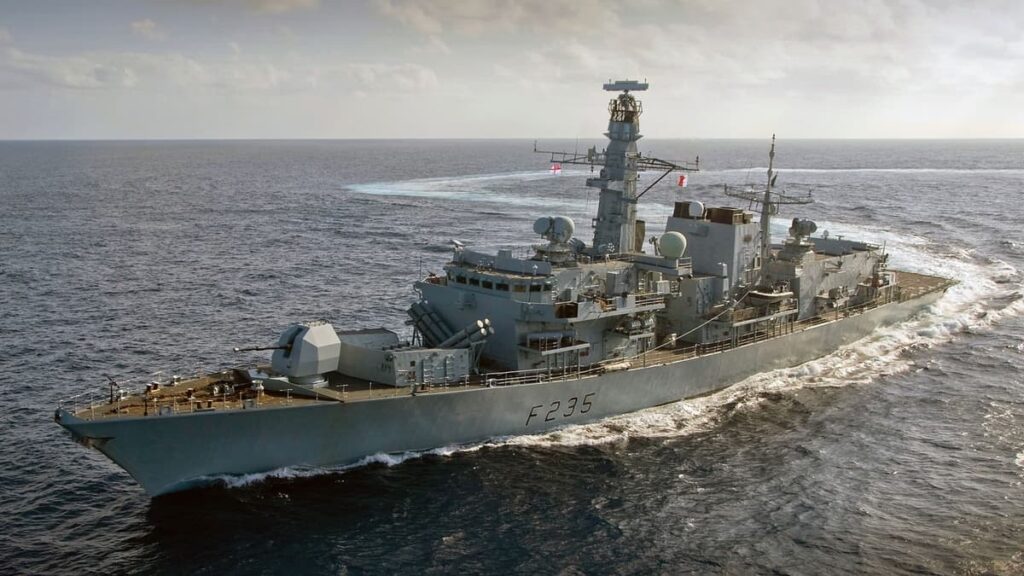The Indian government is currently working on a framework to assess the logistics cost in the country. The Department for Promotion of Industry and Internal Trade (DPIIT) has stated that they aim to obtain a realistic estimate of logistics costs by September. Currently, the government relies on certain estimates that suggest India’s logistics cost is approximately 13-14% of the country’s GDP.
Sumita Dawra, the Special Secretary in the DPIIT, mentioned that the government is collaborating with a technical partner to develop the logistics cost framework. While the framework itself is nearly complete, the actual calculations are pending. By September, the government expects to have a comprehensive understanding of logistics costs in the country, including defining the components involved and providing their own estimates.
The assessment of logistics costs is crucial as it plays a significant role in facilitating trade and improving the competitiveness of traders. In March, the DPIIT conducted a workshop on the logistics cost framework and subsequently established a task force to formulate the framework. The task force consists of representatives from various organizations such as Niti Aayog, the Ministry of Statistics and Programme Implementation (MOSPI), the National Council of Applied Economic Research (NCAER), academic experts, and other stakeholders.
In addition to the logistics cost framework, the Indian government has implemented the National Logistics Policy and the PM Gati Shakti initiative. These initiatives aim to enhance the competitiveness of the logistics industry and reduce logistics costs.
Sanjay Budhia, Chairman of the Confederation of Indian Industry (CII) National Committee on EXIM and Managing Director of Patton Group, mentioned during the CII’s trade facilitation conclave that efforts towards creating a paperless trading ecosystem, such as faceless assessment, risk management systems, and direct port delivery, have started yielding positive results at the ground level.







